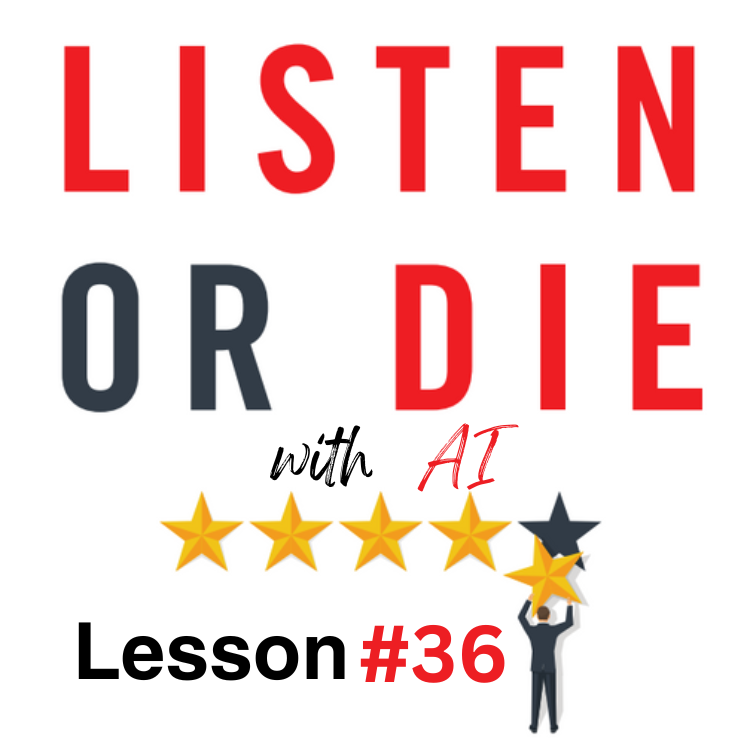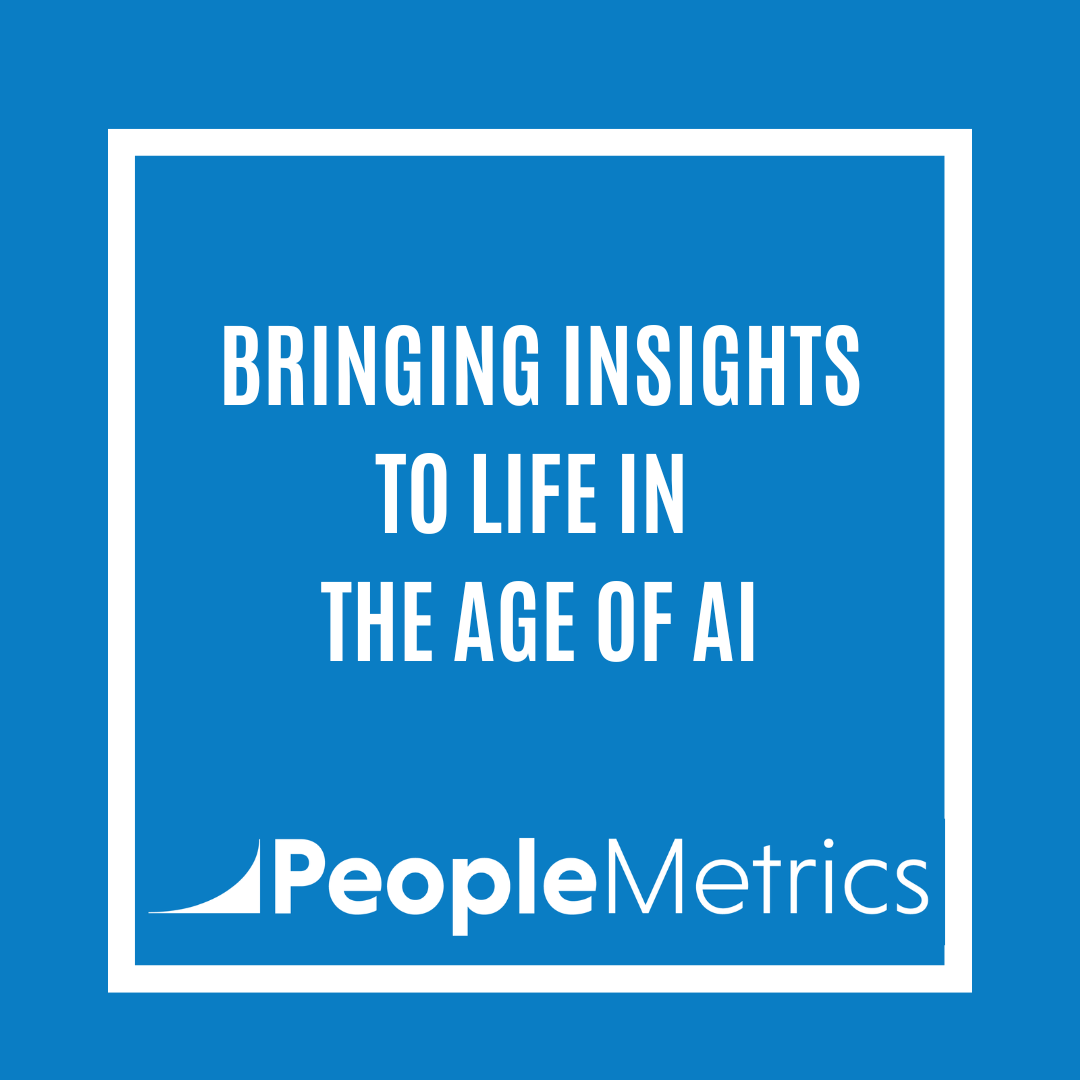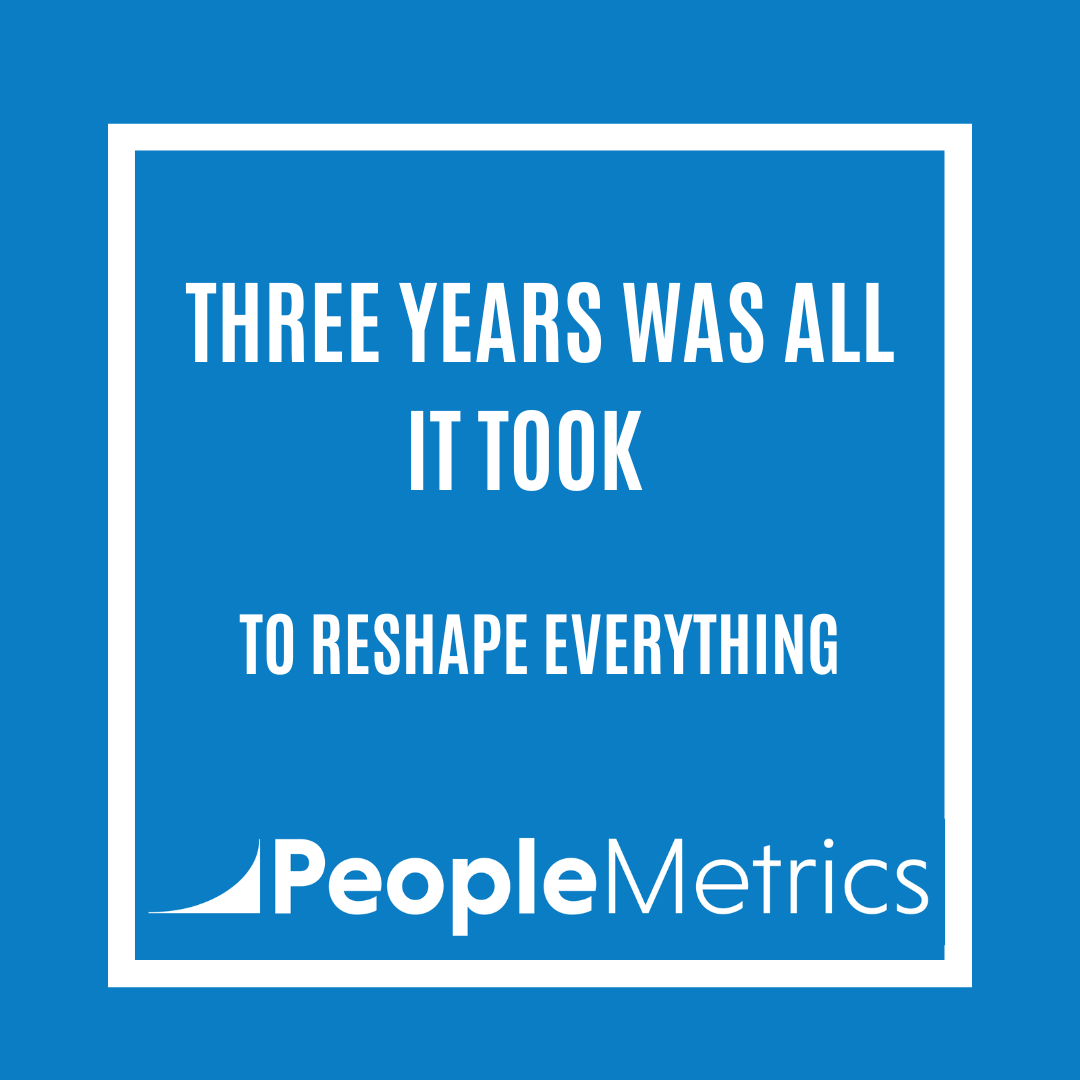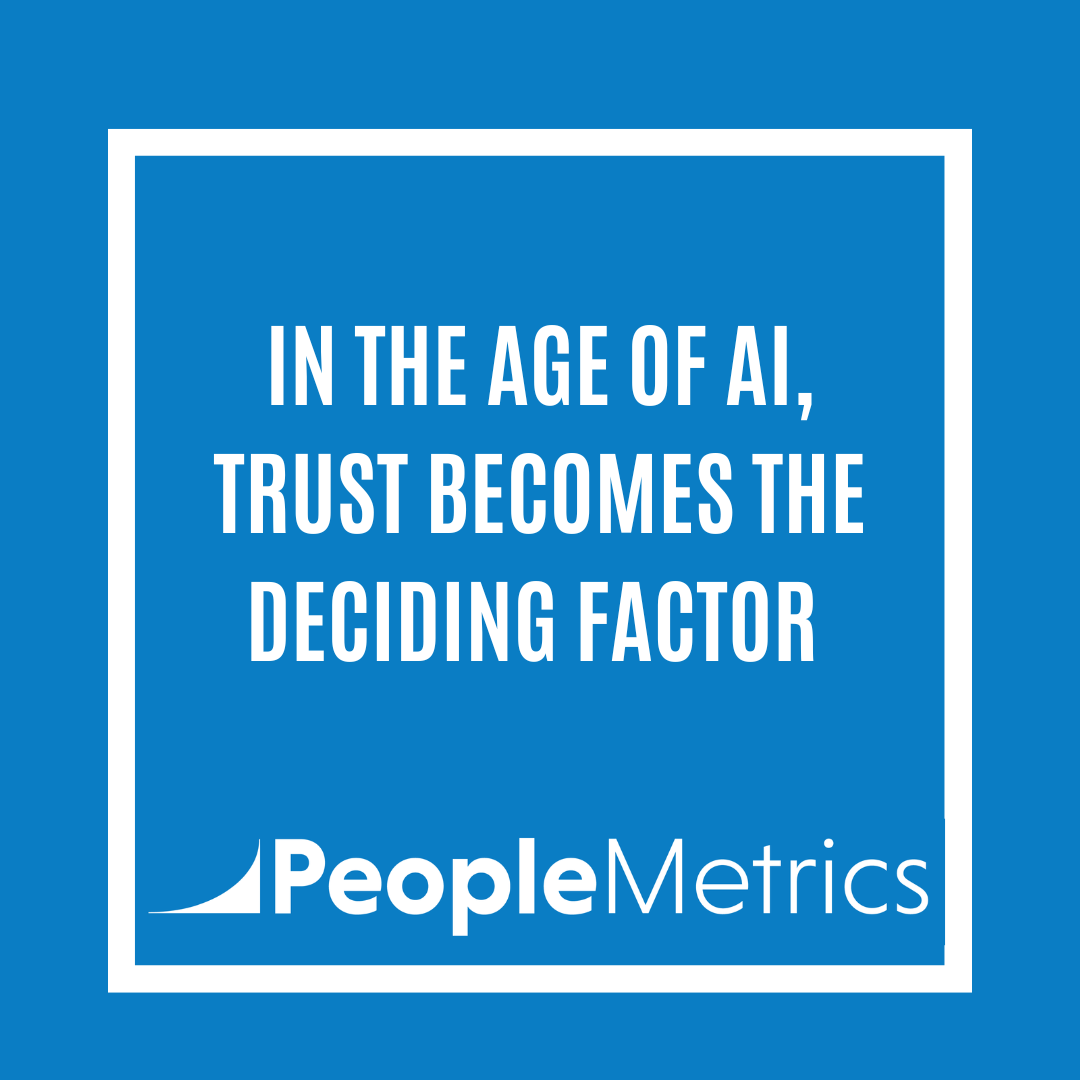This lesson has stood the test of time: if your people already live in a system—like Salesforce, HubSpot, or Dynamics—meet them there.
That’s as true in 2025 as it was in 2017 when I first wrote Listen or Die.
The twist?
CRM + VoC integration has gotten a whole lot easier (and smarter) with AI.
The principle hasn’t changed: make it easy, and they’ll use it. But now, the “easy” part is even easier.
Today, you can embed VoC insights right into CRM records, so reps or managers don’t need to bounce between platforms.
And with the help of AI, it’s not just about embedding scores—it’s about surfacing contextual insights in real-time.
Think: AI-generated summaries of open-ended comments next to a customer record. Predictive risk indicators based on recent feedback trends. Smart prompts that recommend action based on survey sentiment.
But even with all that, this core truth remains: if someone isn’t logging into the CRM to begin with (or doesn’t even have access), none of that matters.
The License Wall Is Still Real
In Listen or Die, I pointed out that CRM licenses are expensive. That’s still true.
Not everyone has one. That’s why VoC still needs to live in its own dedicated platform—one that’s easy to use, flexible, and accessible to everyone from call center agents to GMs to regional leaders.
This is also why we’ve kept our unlimited-user model at PeopleMetrics. VoC can’t just be a tool for sales reps—it must be for everyone who impacts the customer experience.
One-Way vs. Two-Way Integration
In most companies, CRM/VoC integration is a one-way street—CRM data triggers surveys. That’s great, but it’s only half the value.
The other half—the big opportunity—is in sending VoC data back into the CRM so that your front line has a full picture of the customer.
Not just what they’ve bought or done, but how they feel, what went wrong, and how it was resolved.
That’s where things get interesting. And that’s where AI can help prioritize and surface the most relevant feedback, summarize themes, and even flag potential churn risk—all inside your CRM.
Social Data? Still Tricky
One thing that hasn’t changed? Integrating social feedback into CRMs is still hard, mostly due to anonymity. Unless a customer engages in a direct back-and-forth (and shares their info), you’re probably not linking that Yelp rant to a CRM profile anytime soon.
But who knows? With more platforms connecting identities across channels, this might be more feasible soon.
Bottom Line
If your people live in CRM, bring VoC to them.
Make the connection seamless.
Let them act on feedback without friction.
AI may make it smarter, but it won’t do the adoption for you.
Access, simplicity, and context still rule the day.
Your Turn
Have you integrated VoC with your CRM yet?
Is it one-way, two-way, or still on your roadmap?
What’s working (or not)?
Drop me a note or comment—I’d love to hear how you’re using feedback inside your CRM to create better customer experiences.





